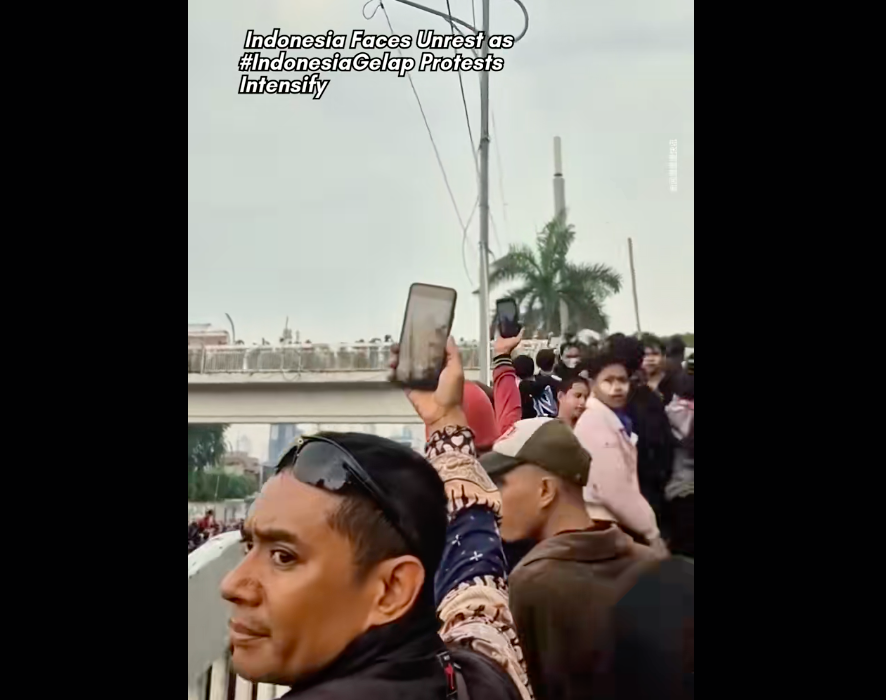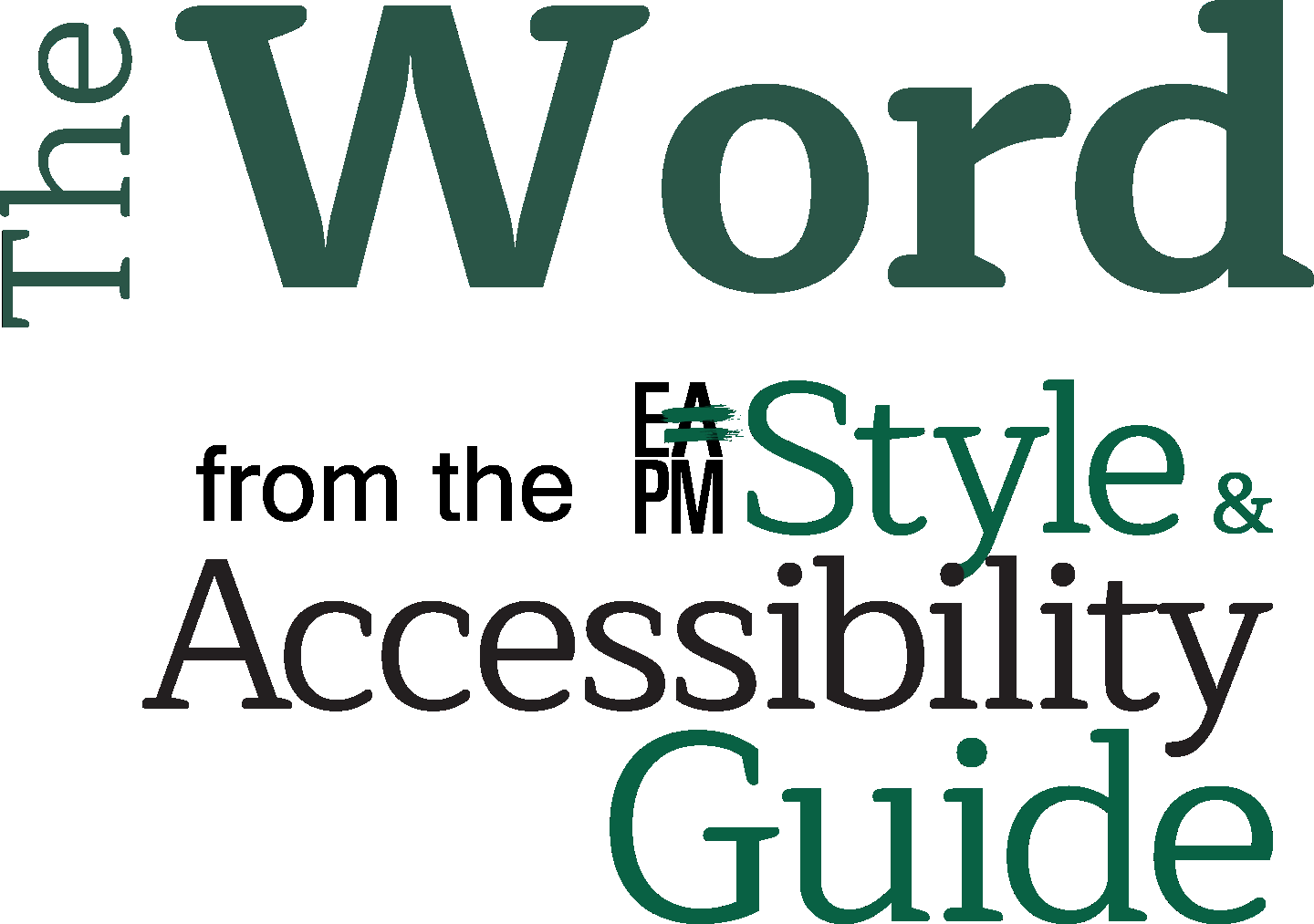Streets to screens: citizen journalists fill the gap during Indonesian protests, but face a digital foe

Indonesia Faces Unrest as #IndonesiaGelap Protests Intensifyrefers to the hashtag #IndonesiaGelap. Indonesia Gelap loosely translates to dark Indonesia or Indonesia dark ages.
It was hot. Mid-August. Sun beating down.
The group outside city hall didn’t resemble journalists. Just students in faded sneakers, street vendors waving plastic fans, office workers gripping backpacks.
As the protest grew tense and police lines pressed forward, phones rose into the air. Every raised screen became a witness.
Tear gas rolled like smoke from a train. Some kids coughed, wrapped scarves over their mouths, kept recording anyway. An Instagram live showed cops pulling someone across the ground. A shaky clip, unfiltered, spread through WhatsApp circles fast. By evening, clips had already reached Twitter feeds in Jakarta and Telegram channels abroad.
This was citizen journalism at work. No press passes, no heavy cameras, no official editor. Only the instinct to record, to share, and to push a different story out before it was erased.
Citizen journalists at work
In Indonesia, major news sources sometimes hold back from showing images of state violence. Reporters have been threatened, sometimes attacked. That silence is where regular people step in. The protests in Indonesia in August 2025 made it clear: the quickest, rawest updates didn’t come from news teams, but from folks right there on the ground.
Citizen reporting runs on speed. A student won’t pause to draft a story: she hits live, yelling into her phone, letting hundreds see what’s happening as the news breaks. The power lies in being first, being raw, and being impossible to ignore.
For those in the crowd, uploading a video is more than self-expression. It is protection. When abuses are visible, it is harder for them to be denied.
The Algorithm Problem
But the story does not end there. Once the footage leaves the hands of protesters, it enters a system beyond their control. Social media platforms decide how far it travels, and whether it travels at all.
During the protests, some livestreams suddenly disappeared, flagged as “harmful content.” Other videos remained online but barely reached anyone outside a small circle. Meanwhile, state-friendly narratives, polished and promoted, spread widely. The very platforms that empowered citizen journalists also acted as filters, tilting the field.
This is not new. Facebook’s role in fueling hate and violence against Rohingya Muslims in Myanmar has been documented. X, formerly Twitter, has been accused of suppressing external links making it harder for news sites to operate.. Analysis in both The Wall Street Journal and the Washington Post in 2024 found right-leaning content was promoted more heavily than left-leaning content on X. Elon Musk, X’s owner, has also been condemned for haphazardly complying with countries that requested suppression or removal certain content or accounts.
In Indonesia, the same dynamics now play out. The protester who risked tear gas for a livestream does not control who will see it. An algorithm does. Or, as in the case of Tik Tik temporarily suspending all live content from Indonesia, the company itself.
News lost in the digital abyss
When control over visibility rests with opaque algorithms, journalism itself is reshaped. Professional journalists, too, depend on platforms for reach. Their work, like citizen reporting, can be boosted or buried without explanation.
In moments of crisis, this becomes dangerous. If the public only sees state-approved angles, citizen journalism loses its impact. If algorithms quietly reduce visibility of protest videos, the risk is not simply that stories are lost but that realities are rewritten.
At the same time, citizen journalism remains essential. It captures perspectives professional media cannot always access. It breaks through fear and censorship. It drags hard truths into view, even if just for a moment.
Looking Ahead
The challenge is finding ways to protect that fragile balance. Indonesian activists are experimenting with alternative platforms to X, TikTok, and Instagram; new encrypted apps; and decentralized archives to keep protest material safe from suppression. Some groups now upload to multiple platforms at once, hoping that at least one version survives. Others teach digital security workshops, training protesters not only how to film but how to resist erasure.
These experiments show resilience. Yet they also highlight a contradiction: citizen journalism depends on tools designed not for democracy but for profit. As long as algorithms favor engagement over truth, visibility will remain unequal.
Not the end
The August protests were a reminder of both the power of and need for citizen journalism. On the street, phones rose like shields, documenting what could not be ignored. But online, those same shields were weakened, filtered, sometimes silenced.
Citizen journalism is no longer only about courage in the moment of filming. It is also about surviving the unseen battles with platforms that control the world’s attention. The protester with a raised phone is not only fighting police lines. They are also fighting the algorithm.
Fendy S. Tulodo is a writer from Malang, Indonesia. His work explores everyday acts of resistance and the digital strategies activists use to preserve truth. Follow him on Instagram at @fendysatria_.
This is an opinion. While this piece contains some factual information, it is the author’s point of view.
Want more of the Word?
Become a Guide Patron
Love what you’re reading? Want a to read more? Become a Guide Patron and support The Word — and the entire of the EAPM Style and Accessibility Guide.
